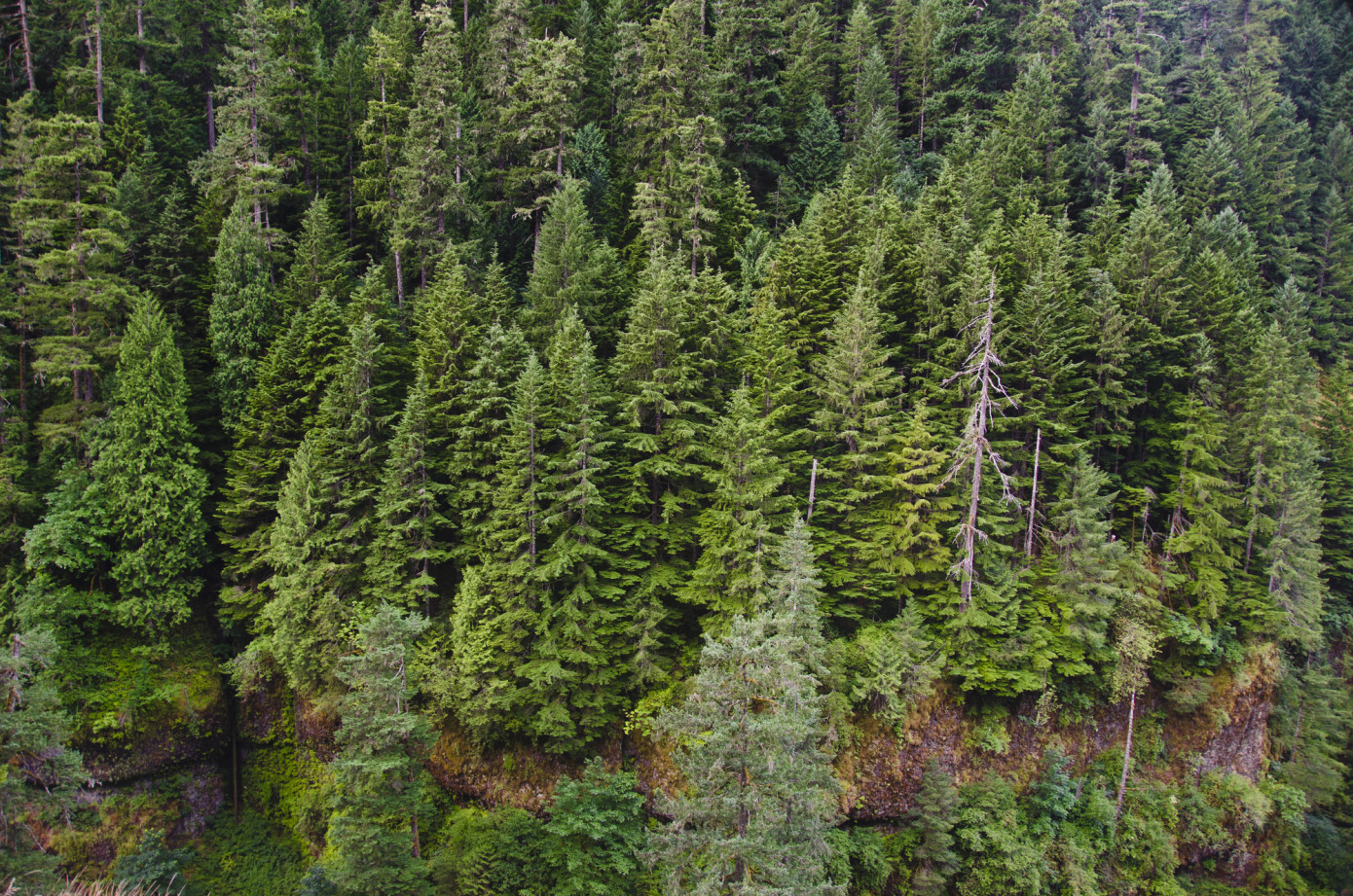The area notified for felling in Sweden during June and July 2025 rose by 8% compared to the same months in 2024. In contrast, applications for final felling in montane forests declined by 22% year-on-year during the same period, according to the Swedish Forest Agency.
In June, the notified and applied area totalled 25,146 hectares, up 19% from June 2024. This figure matched the five-year June average but was 3% below the ten-year average. Montane forest applications in June covered 197 hectares, down from 276 hectares in June 2024.
At the regional level in June, Southern Norrland recorded the largest absolute increase of 1,847 hectares, up 32%. Götaland followed with an increase of 1,142 hectares (27%), Northern Norrland rose by 554 hectares (10%), and Svealand added 406 hectares (7%).
In July, the notified and applied area fell to 15,159 hectares, a 5% decrease from July 2024. Compared to the five-year average, this was a 14% drop, and 20% below the ten-year average. Applications for montane forests declined to 182 hectares, compared to 213 hectares in July 2024.
Regional figures for July show declines in most areas: Southern Norrland dropped by 692 hectares (14%), Svealand by 273 hectares (7%), and Northern Norrland by 114 hectares (3%). Only Götaland saw an increase of 250 hectares (8%) from the previous July.
Between January and July 2025, the total notified and applied area reached 145,789 hectares, representing a 17% increase over the same period in 2024. Montane forest applications rose to 2,605 hectares, compared to 2,306 hectares during the same months last year.
Regionally over the seven-month period, Southern Norrland showed the largest year-on-year growth at 27%, followed by Northern Norrland at 20%, Svealand at 10%, and Götaland at 9%. However, despite the overall growth, the notified area remains 9% below both the five-year and ten-year averages for the same period.
